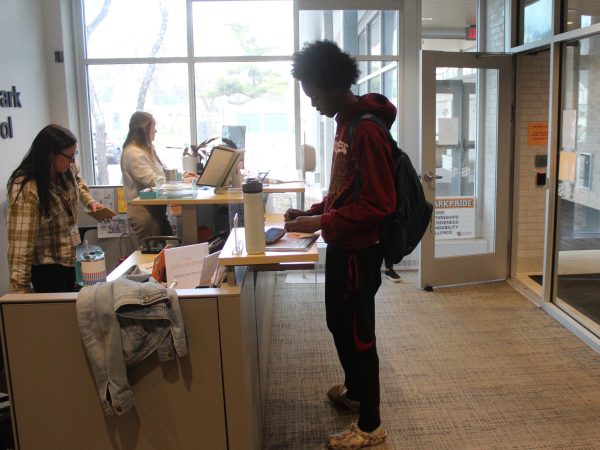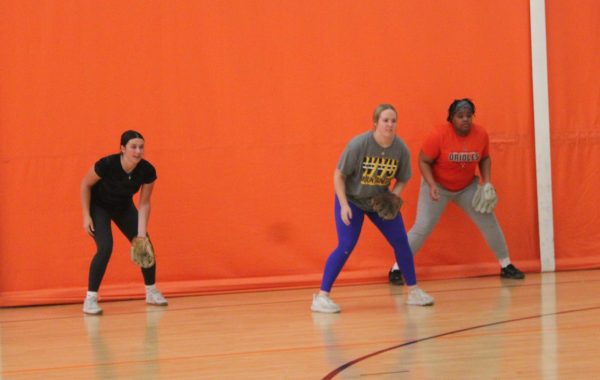Suspensions of disbelief
Dated punishment hurts student body
December 11, 2013
While students must learn in a positive environment, punishing students for insurrectional behavior by allowing them to miss more school doesn’t exactly help these students in the future. That’s why this May, the Los Angeles Unified School District ended suspensions for “willing disobedience” altogether.
In an April 2013 study of more than 26,000 middle and high schools, UCLA Civil Rights Project researchers found that for students who receive suspensions, the dropout rate doubles from 16 percent to 32 percent. While suspensions may not serve as the only cause of this increase, this information should lead schools to examine the effectiveness of their discipline policies.
Locally, Park has decreased the rate of out-of-school suspensions in recent years through the use of alternate disciplinary actions. Still, Park can do much to continue this trend even further. While the school has seen an overall decrease in suspensions, the demographic discrepancies within the current disciplinary system can’t be ignored.
Non-white students, who make up 37 percent of the student body, account for 72 percent of the disciplinary actions taken by the school according to St. Louis Park High School data. This makes them four times more likely to receive disciplinary action than their white counterparts, and the gap in graduation rates between white and non-white students at the school, suspension rates undoubtedly are a factor in this racial gap.
To achieve greater equality and results the school can move beyond state regulations and formulate a formal policy based on mediation, personalized conversations and comprehensive behavior plans. These not only provide individual attention to struggling students and can help prevent future problematic behavior.
School doesn’t have to function like a prison. If Park works to reduce suspensions through coordinated plans and active counseling, it can work to build a more positive learning environment while increasing its graduation rate at the same time.












